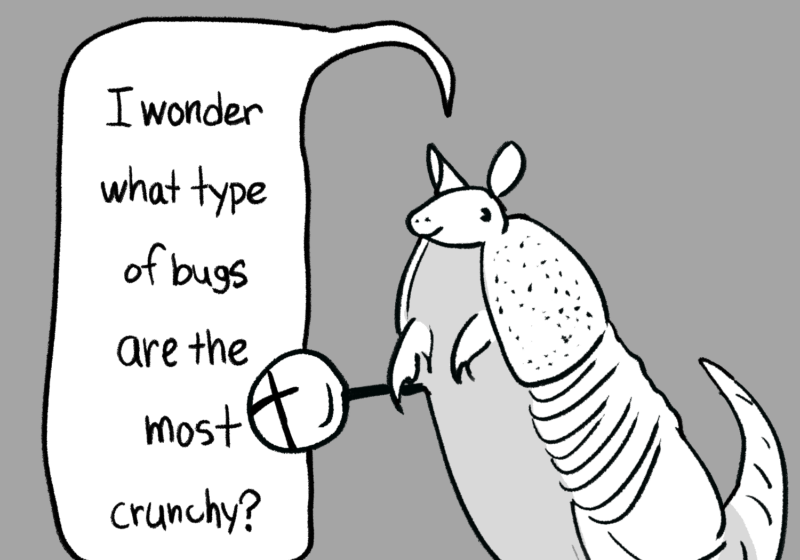I grew up in the sunny state of California, where spring is defined by the sweet scent of blooming flowers and pure blue skies without a single blemish, where rarely a summer day goes by without sunshine bathing every object the eye can see in a warm, comfortingly orange-hued light. Yet, I remember my childhood days playing outside were always supervised by a figure who stood in stark, shadowy contrast to the bright levity and carefreeness around her — my mother, who always donned her huge straw sun hat each time we left the house and sought solace in the shade as I played, treating the sun as if even a glancing touch would threaten her perpetually pale skin. Even now, I remember thinking if such an extreme degree of caution was worth it, if paleness truly was enough to sacrifice the plain, irreplaceable pleasure of sunlight on bare skin.
Of course, at that time I had little clue of the concept of colorism, let alone of its pervasive, continuous influence at a global scale.
Colorism, defined as prejudice against individuals on the basis of darker skin tone, is an often unrecognized extension of racism. Both are systematic products of deeply rooted institutions of colonialism and social hierarchy that continue to impact aesthetic, ideological, and cultural facets of modern society, though colorism in separate ethnic communities has slight variation in their historical origins and cultural association. Broadly speaking, colorism present in African American communities is most directly linked to the European colonial project and slavery, while colorism for Asian communities is best understood by first distinguishing between countries included and excluded in European colonialism efforts. In colonized countries such as Vietnam or the Philippines, whiteness as a cultural ideal is derived from Western communities who came to value whiteness as a sign of high social status. In East Asian countries without such direct association with the Western world, colorism can be more directly attributed to the gradual association of pale skin with the leisure class, as manual labor demanded of the working class necessitated a greater amount of time spent outdoors and a subsequent darker complexion.
Regardless of its origins, it is important to recognize that the maintenance of this divide is predicated on notions that extend far beyond white skin as simply an indicator of higher social status. Rather, it is also based on the notion that comparatively whiter skin represents beauty and composure, while darker skin represents the exact opposite: ugliness, savagery, and inferiority. The implication of this — that those of a minority group are of greater value if they have a lighter complexion — introduces arguably the most reprehensible aspect of colorism: that it pits people of the same ethnic minority against each other. Though racism can similarly be internalized and practiced within a community, colorism has much more overt impacts on the way members of an ethnic group compete for positions of proximity to whiteness.
The internalization of a white aesthetic ideal is so deeply rooted, in fact, that many of us are unaware of the extent to which it is constantly reinforced. One of the most glaring examples of this can be understood with a careful consideration of what we collectively consider to be the physical “default.” Say, when a character in a book is of unspecified ethnic origin, how do we picture them in our heads until they are more concretely described? Why is it that we have such a different perception of shows that star an all-Black or all-Asian cast as opposed to a show that stars an all-white cast? The answer lies in the way whiteness has become the background in a figure-ground analogy by which people of color are made visible — now, the first thing that comes to mind when we see a notable aspect of media that strays from the white ideal is, more often than not, an observation about their deviance from the default.
Upon closer examination, however, America’s relationship with the white ideal is complicated. Whereas pale skin tends to be judged independently in Asian countries and can be thought of more closely as being a spectrum — with most pale being of highest value and diminishing the farther one strays from that ideal —“whiteness” in America is not just defined by the complexion of one’s skin. Instead, it is often defined in tandem by the presence of Eurocentric features, meaning that while being “tan” has actually become a sort of cultural ideal, this is not because whiteness has become any less valuable. In actuality, the idealization of darker skin is conditional on possessing other Eurocentric facial features, meaning that darker skin as a favorable addendum to beauty is a privilege afforded only to those who already possess a close alignment to the physical definition of whiteness. Even now, the impact of a white ideal goes beyond purely aesthetics, with numerous studies demonstrating the correlation of whiteness to higher economic and social standing.
This being said, how do we begin to combat this phenomenon of modern society, where whiteness has transcended being a cultural ideal into almost a sort of cultural imperative offering all sorts of economic and social advantage? In some ways, change occurs on an individual basis — in other words, by confronting your own internal biases and challenging yourself to adopt a mindset separate from cultural norms. However, simply recognizing the vice that the aesthetic and cultural ideal of whiteness has on modern society is not enough. To truly achieve any semblance of systematic change, it is crucial for media representation to shift as a whole.
Put simply, to be able to grow up finding yourself beautiful regardless of skin color should not be a privilege — it should be the norm.






